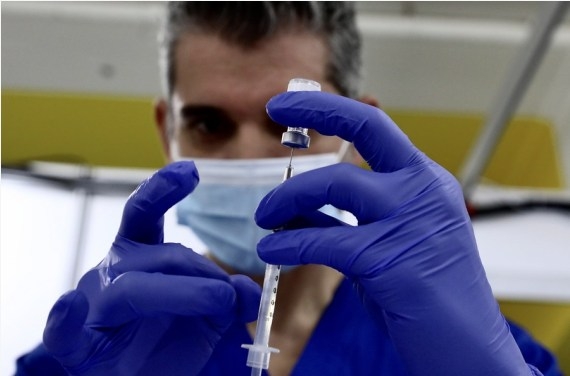Apart from your kidney numbers, your doctor will use your medical history and perform other lab and imaging tests, such as an ultrasound or CT scan to get a picture of your kidneys and urinary tract. In this way, a complete evaluation helps to confirm or rule out CKD…reports Asian Lite News
Your kidneys play a crucial role in keeping you alive, just like your brain and heart. These two fist-sized organs, located in your lower back, play a very vital role in acting as filters by removing waste and extra fluids from the body. They also keep blood pressure under control. People are mostly interested in knowing their cholesterol and blood pressure numbers. However, they should also know about their kidney’s status to see if their kidneys are healthy or if they have chronic kidney disease, which is also known as CKD.
CKD is a condition that means the kidneys are damaged and cannot filter blood the way they should. Diabetes is a leading cause of chronic kidney disease. In India also, the disease is commonly observed in people with diabetes. Studies have suggested that almost one in two people with diabetes suffer from CKD, which also indicates that it is underdiagnosed in our country. Another estimate suggests that one in eight Indians experience the chronic condition.
If you are diagnosed with CKD, then it means that you have had a kidney problem for the past few months. You might get chronic kidney disease slowly and silently, without even knowing. You may be losing kidney functions for many years without significant symptoms. People often get to know about their condition only when their kidneys have failed and it’s too late for preventive treatment. In this situation, they usually need dialysis or a kidney transplant. That’s why knowing your kidney numbers is important.
Two important markers to detect kidney disease
Two important markers to detect kidney disease are estimated Glomerular Filtration Rate (eGFR) and urine Albumin-Creatinine Ratio (uACR). While eGFR is measured by a blood test, uACR is measured by a urine test. eGFR shows how well your kidneys clean blood and uACR shows that if there is a protein called albumin in your urine it may mean that your kidneys are damaged.
eGFR is calculated from stable serum creatinine levels at least once a year, especially in all patients with diabetes. eGFR is more accurate than serum creatinine alone. Serum creatinine is affected by muscle mass, and related factors of age, sex, and race. eGFR is not reliable for patients with rapidly changing creatinine levels, extremes in muscle mass and body size, or altered diet patterns.
A uACR test basically lets the doctor or physician know how much albumin passes into your urine over a 24-hour period. Kidney disease may refer to a urine albumin test result of 30 or above. The test may also be repeated once or twice to confirm the results. We must get urine albumin excretion assessed yearly to diagnose and monitor kidney damage in patients with type 1 diabetes for five years or more or with type 2 diabetes. More frequent monitoring may be indicated in patients with changing clinical status or after therapeutic interventions.

Apart from your kidney numbers, your doctor will use your medical history and perform other lab and imaging tests, such as an ultrasound or CT scan to get a picture of your kidneys and urinary tract. In this way, a complete evaluation helps to confirm or rule out CKD.
Tests like uACR and eGFR can minimise the burden on patients as well as healthcare delivery centers, besides supporting detection and sustained medical care more smoothly. Apart from that, these tests offer reliable results in a more convenient manner and can be used as a screening tool for risk stratification and early-stage screening as well. Such tests can also support doctors in selecting and adjusting treatment as per an individual patient, providing a certain degree of personalized treatment.
The rising prevalence of chronic kidney disease in India not only takes a toll on patients but also on the entire healthcare system. CKD prevalence in the country is a rising burden on healthcare that needs to be tackled by making people aware and promoting screening to enable its identification or diagnosis at an early stage. The good news is that when CKD is found early and treated right, then the outlook for chronic kidney patients can be very bright.
ALSO READ-India hands over first tranche of kidney dialysis machines to Nepal













